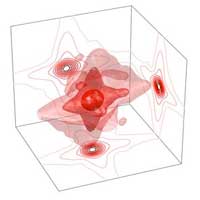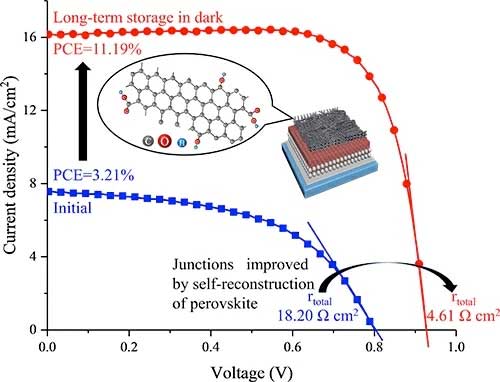 vening gowns with interwoven LEDs may look extravagant, but the light sources need a constant power supply from devices that are as well wearable, durable, and lightweight. Scientists have manufactured fibrous electrodes for wearable devices that are flexible and excel by their high energy density.
vening gowns with interwoven LEDs may look extravagant, but the light sources need a constant power supply from devices that are as well wearable, durable, and lightweight. Scientists have manufactured fibrous electrodes for wearable devices that are flexible and excel by their high energy density.
Friday, October 18, 2019
Flexible, wearable supercapacitors based on porous nanocarbon nanocomposites
 vening gowns with interwoven LEDs may look extravagant, but the light sources need a constant power supply from devices that are as well wearable, durable, and lightweight. Scientists have manufactured fibrous electrodes for wearable devices that are flexible and excel by their high energy density.
vening gowns with interwoven LEDs may look extravagant, but the light sources need a constant power supply from devices that are as well wearable, durable, and lightweight. Scientists have manufactured fibrous electrodes for wearable devices that are flexible and excel by their high energy density.
Energy flow in the nano range
 It is crucial for photovoltaics and other technical applications, how efficiently energy spreads in a small volume. With new methods, the path of energy in the nanometer range can now be followed precisely.
It is crucial for photovoltaics and other technical applications, how efficiently energy spreads in a small volume. With new methods, the path of energy in the nanometer range can now be followed precisely.
Big improvements in thin-film solar cell efficiency now possible
 Researchers have developed a theoretical method to improve the efficiency of thin-film solar cells by up to 33 percent. Flexible thin-film solar cells are needed to supply electrical power to fabrics, clothing, back packs and anywhere that a local autonomous power supply is required.
Researchers have developed a theoretical method to improve the efficiency of thin-film solar cells by up to 33 percent. Flexible thin-film solar cells are needed to supply electrical power to fabrics, clothing, back packs and anywhere that a local autonomous power supply is required.
How perovskite in solar cells recrystallizes and why modified carbon nanotubes can help overcome the reproducibility problem by making use of this
 Scientists conducted an in-depth study on how carbon nanotubes with oxygen-containing groups can be used to greatly enhance the performance of perovskite solar cells. The newly discovered self-recrystallization ability of perovskite could lead to improvement of low-cost and efficient perovskite solar cells.
Scientists conducted an in-depth study on how carbon nanotubes with oxygen-containing groups can be used to greatly enhance the performance of perovskite solar cells. The newly discovered self-recrystallization ability of perovskite could lead to improvement of low-cost and efficient perovskite solar cells.
Paving a way to achieve unexplored semiconductor nanostructures
 Researchers grew branched GaAs nanowires with a nontoxic Bi element employing characteristic structural modifications correlated with metallic droplets, as well as crystalline defects and orientations. The finding provides a rational design concept for the creation of semiconductor nanostructures with the concentration of constituents beyond the fundamental limit.
Researchers grew branched GaAs nanowires with a nontoxic Bi element employing characteristic structural modifications correlated with metallic droplets, as well as crystalline defects and orientations. The finding provides a rational design concept for the creation of semiconductor nanostructures with the concentration of constituents beyond the fundamental limit.
Subscribe to:
Posts (Atom)
